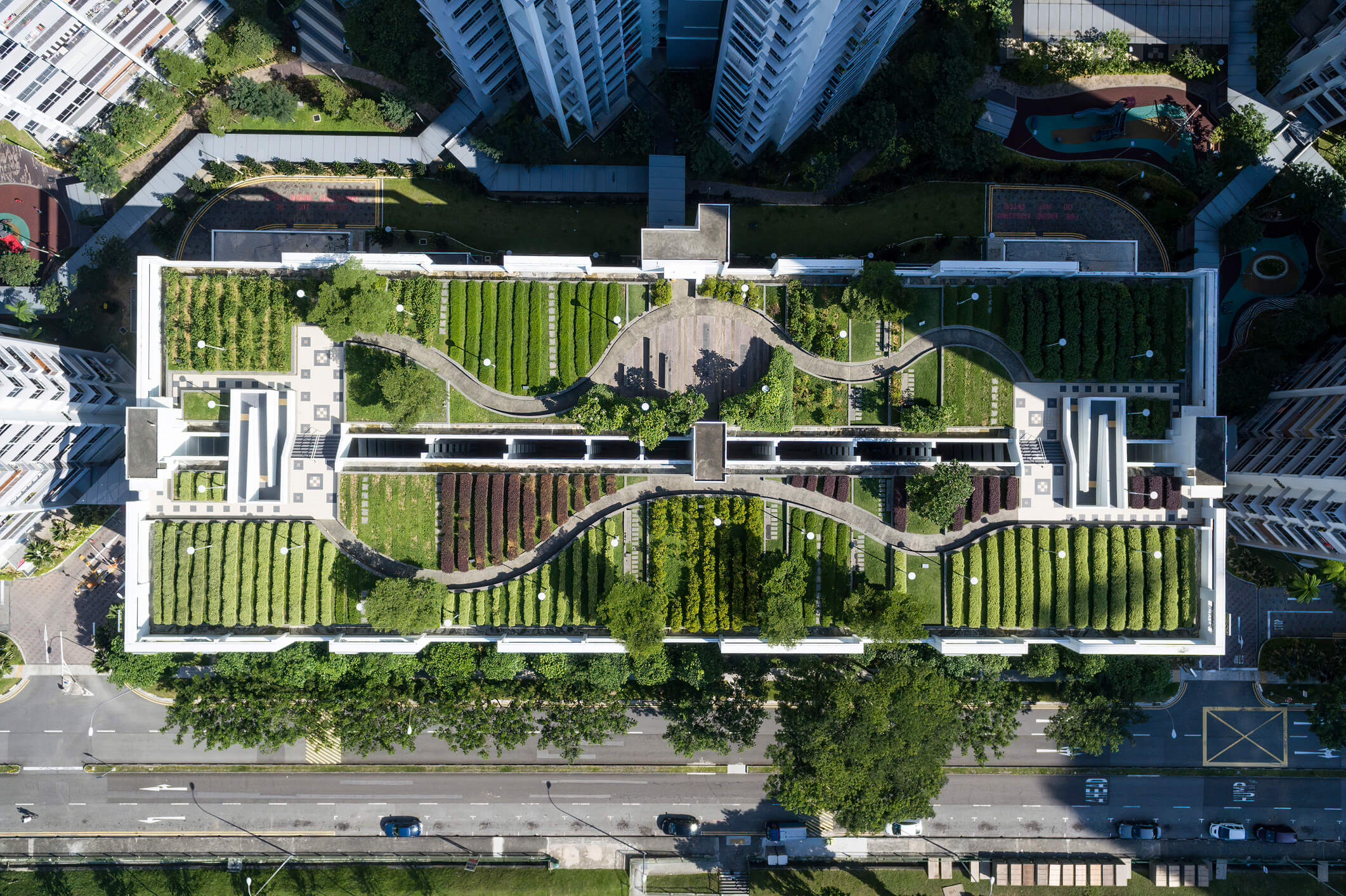The Internet of Things (IoT) is no longer comprised of only devices, sensors, and smart grids deployed and operating in siloed environments. Thanks to advancements in the connectivity that underpins these systems, we can now seamlessly interlink new devices and integrate new operations with existing structures. For example, business owners can automate and control their HVAC, lighting, and heating systems to reach efficiency and sustainability goals.
Buildings account for over 70% of U.S. electricity usage. The Department of Energy (DOE) projects cost savings of between $100 billion and $200 billion in the electric power-systems segment via grid-interactive efficient buildings. Energy usage has traditionally been a linear purchase of power over the grid based on a building’s energy requirements. These requirements are influenced by machines, systems, and occupants of the building. When smart controls, building assets, and the grid are connected via smart devices, we can aggregate demand, measure usage patterns across sites, and leverage investments in distributed energy sources and storage to improve efficiency, lower costs, and operate more sustainably.
The Power of Connected Buildings
Grid-interactive connected buildings are bringing about rapid changes in the utility sector. Thanks to their ability to gather and transmit real-time data from assets, devices, and users, utilities can now make informed capacity decisions and devise incentive schemes to encourage more sustainable consumption by downstream power users.
Connected buildings receive near real-time signals on demand conditions, available power, and pricing from energy providers. This data is further supplemented by the interconnection of multiple sites that share resources. Overall, the effect is that managing energy usage is no longer a one-way relationship between utility companies and users, and consumers can even retail excess power back to the grid. These changing dynamics can have significant bottom-line impacts on grid-connected buildings. Utilities can leverage the data in innovative ways to address bottlenecks and power outages and business owners can plan preventive maintenance.
Sustainability programs have long championed the use of renewable energy sources and battery storage for excess power and many other innovative solutions for lowering the carbon footprint and grid demand from buildings and users. GridPoint’s Distributed Energy Resource Management System (DERMS) can be used to coordinate your energy investments and needs. By incorporating demand flexibility (when grid-integrated connected buildings receive asset-level signals to optimize energy usage) with demand response (the ability of the grid to plan for and efficiently meet the power needs of consumers), smart energy systems can bring about a revolution in commercial energy generation and consumption.
For example, a building with a solar panel array, combined with onsite battery storage, can switch to stored energy during peak pricing hours and switch to the grid when rates fall or stored energy is depleted. Such systems simultaneously add capacity to the grid while lowering demand from it. These gains from the smart grid network of connected buildings will grow as more and more buildings come online. The savings from this trend are immense, to the point that the DoE intends to triple the energy efficiency and demand response flexibility of residential and commercial buildings by 2030.
Smart Buildings and Patterns
So far, we have looked at the core infrastructure-level benefits of connected buildings. By communicating near real-time on energy needs, available capacity, and storage capabilities, buildings can more efficiently and more effectively manage their energy usage. However, this is not the only place we see innovation.
For instance, in a commercial context, energy consumption is primarily a function of activity in a building, which is driven by the people, processes, and machines or technology used to produce goods and services. These factors are the first part of the efficient and effective usage of the energy equation. The second part of the equation is the result of data-driven platforms that gather and then use granular, asset-level data to provide insight into usage patterns and combine these insights with data from other smart systems in our buildings to determine the optimal way to use, and manage, maintain, and switch on or off different devices or systems under our control.
With these profound insights, we can change the way we manage energy by influencing how we consume it in the first place. For example, usage patterns can be used to optimize temperature settings in different locations in a building, office space usage can be altered to consume less energy, and light dimming of LEDs can be preprogrammed to minimize waste and operate only when needed.
Future Smart Buildings
Multi-functionality in space, resilience in energy design, and the use of innovative energy storage and generation mechanisms will play important roles in guiding the creation of intelligent grid-connected buildings of the future. How a given structure will be used will change with expectations and needs, and two questions that should be considered are:
- The immediate and near-future use of the building.
- How building design can enhance comfort and function.
The early design phase sets the stage for a connected building that is not just efficient in terms of energy consumption but allows for a completely new energy profile to emerge because of its innovative design. This means utilizing smart technology, asset-level monitoring, design, AI-driven insights, and smart technology-enabled spaces to offer transactional energy benefits while creating a productive space. Smart solutions such as GridPoint’s Energy Manager bring these operations together to help energy providers, business owners, and operators streamline processes, optimize energy generation and consumption, and improve efficiency and sustainability.


